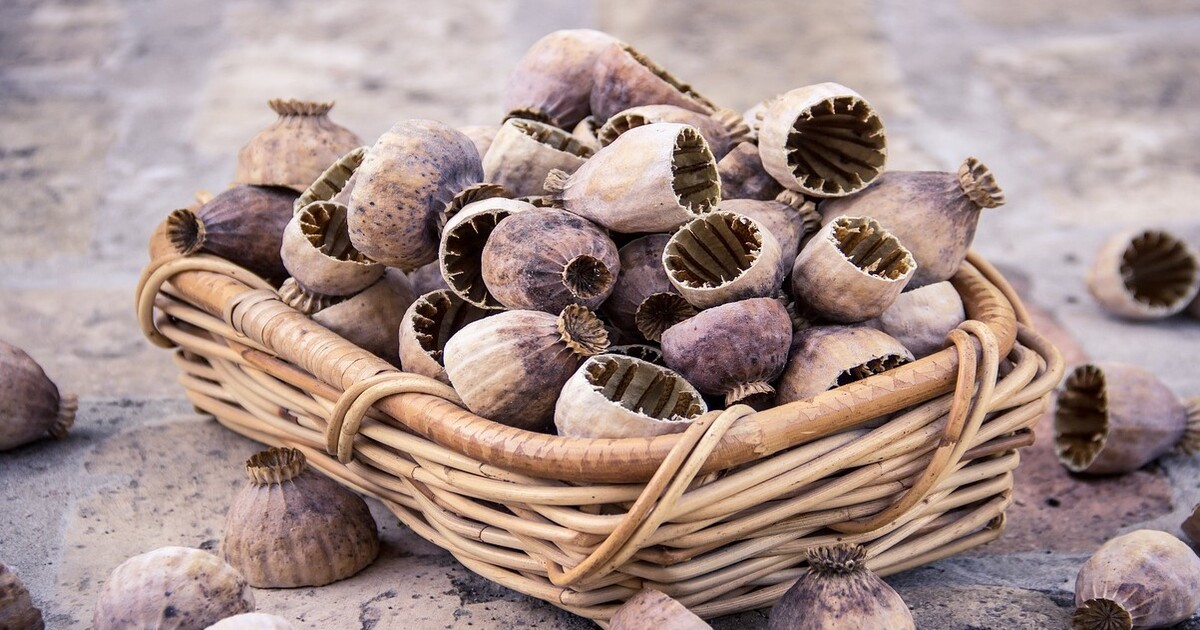The Taliban’s Cash Crop
Opium is an ever-larger source of funds and legitimacy for the once anti-drug Afghan insurgency.
January 13, 2017

1. Narcotics trade is a $3 billion a year business within Afghanistan alone. That is equal to about an eighth of the country’s GDP (as of 2014).
2. Proceeds from the sale of opium has been a major source of financing – along with foreign funders and ransoms – for the Taliban insurgency.
3. Even with a bad harvest in 2015, Taliban revenues from opium were estimated to have topped $500 million.
Deadly Farming: Afghanistan’s Opium Acres
Afghanistan’s Opium: No End in Sight
4. The harvest nationwide this past year (2016) might end up having been as much as 43% larger than the blight-reduced production in 2015.
5. The bumper crop of poppies in 2016 was concentrated in the Taliban-dominated Helmand Province.
6. The insurgency – following tradition – temporarily allowed some of its fighters to take a leave to work in the fields to assist with harvesting.
7. This marks a major transformation since 2001 – the final year when the Taliban were in power.
8. Early 2001 saw a Taliban-enforced ban on opium production that cut national output by nearly 95% from the prior year.
9. Even before the invasion, the Taliban wavered between religious anti-drug efforts and the need to maintain legitimacy and social order by not bankrupting poor farmers with few options.
10. Thwarting U.S.-backed efforts to eliminate production, many people connected with the government also directly or indirectly participate in the Afghan narcotics trade.
11. Some local officials even formally tax it, like the Taliban does, but backed by force of law. Others just take bribes.
12. The Taliban also participates in the marijuana sector of Afghanistan’s narcotic agriculture.
Sources: The Globalist Research Center, United Nations Office on Drugs and Crime, New York Times, Deutsche Welle, ReliefWeb
Takeaways
Even with a bad harvest in 2015, Taliban revenues from opium were estimated to have topped $500 million.
The Taliban also participates in the marijuana sector of Afghanistan’s narcotic agriculture.
The insurgency temporarily allowed fighters to take a leave to work in the fields to assist with harvesting.
